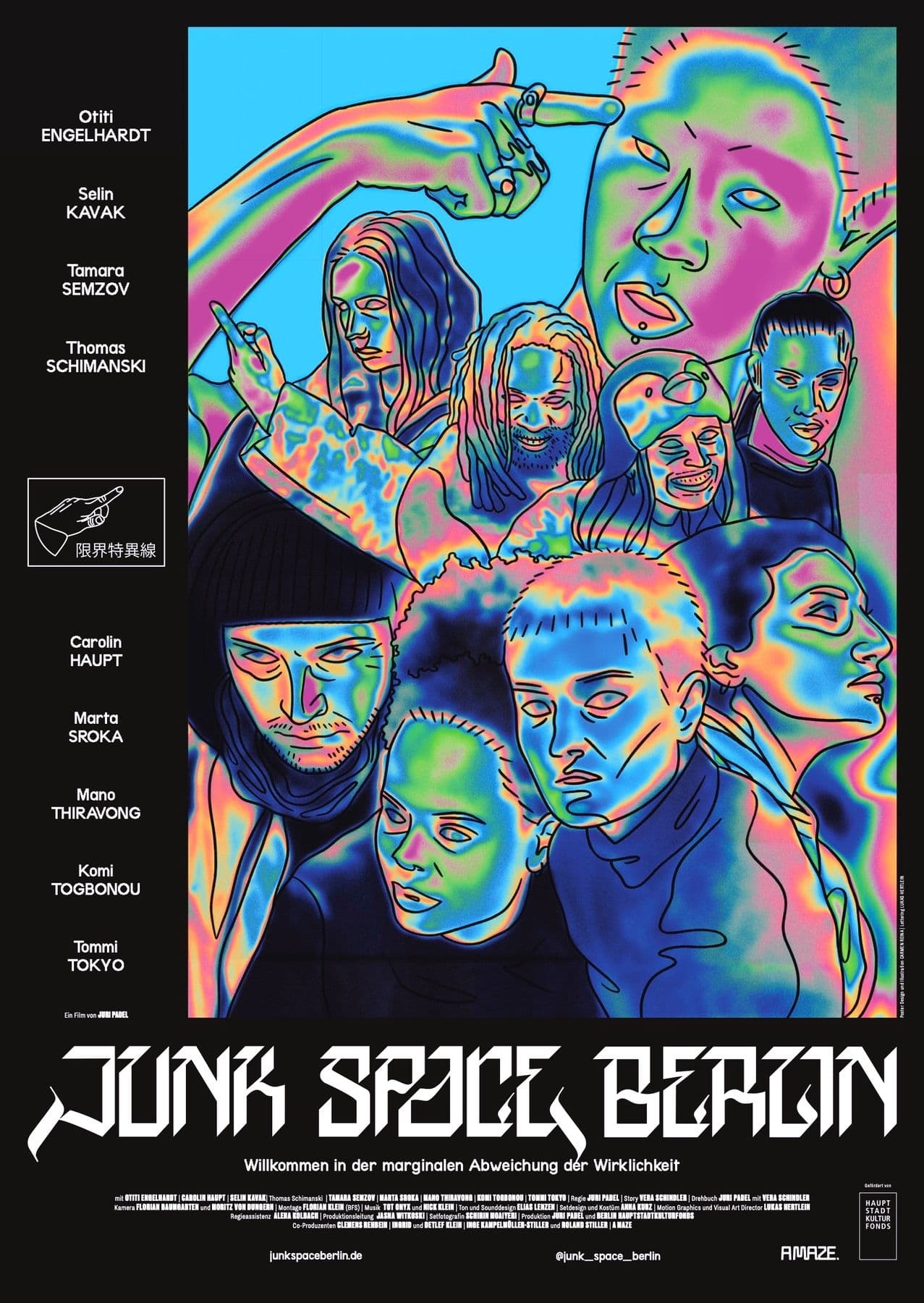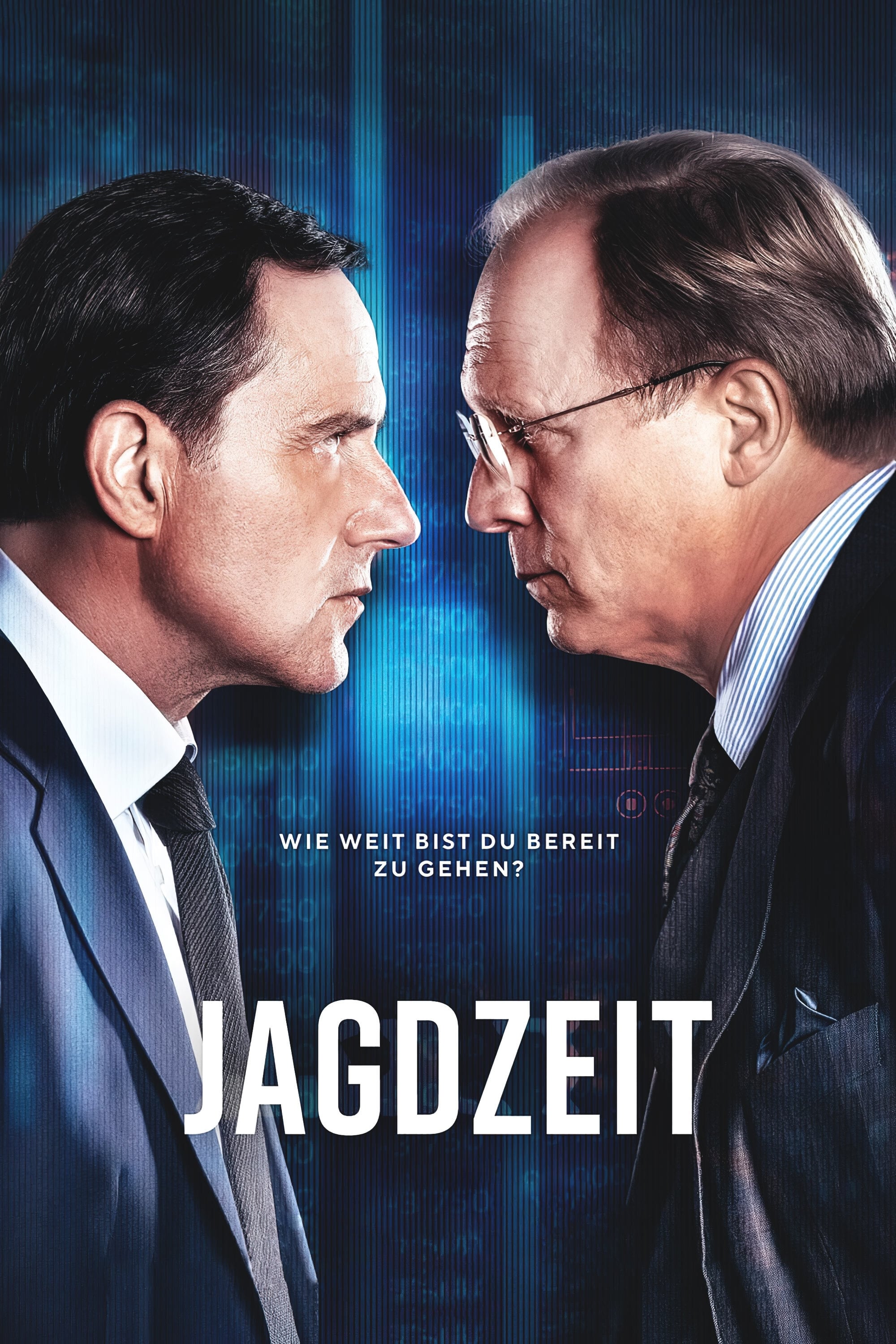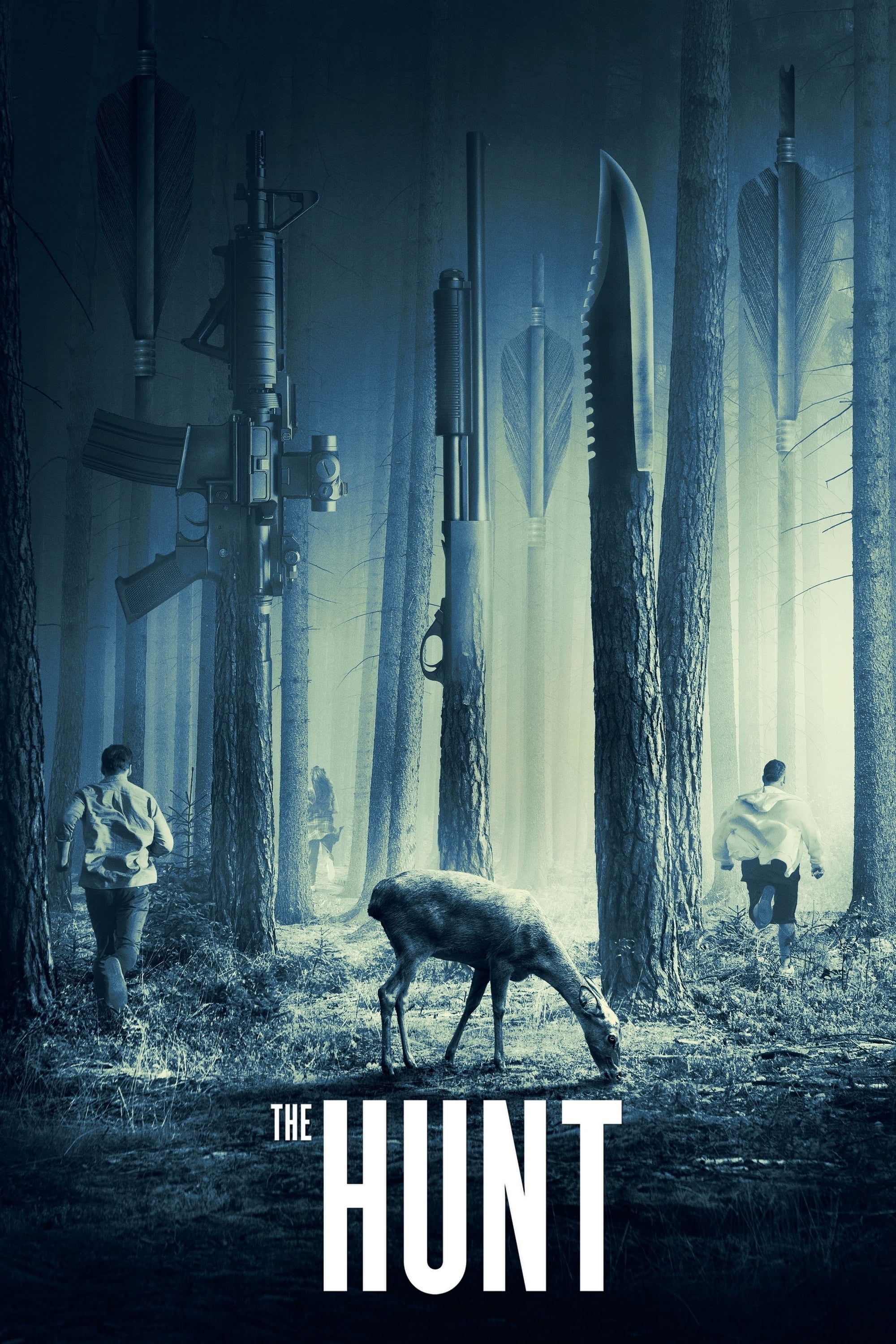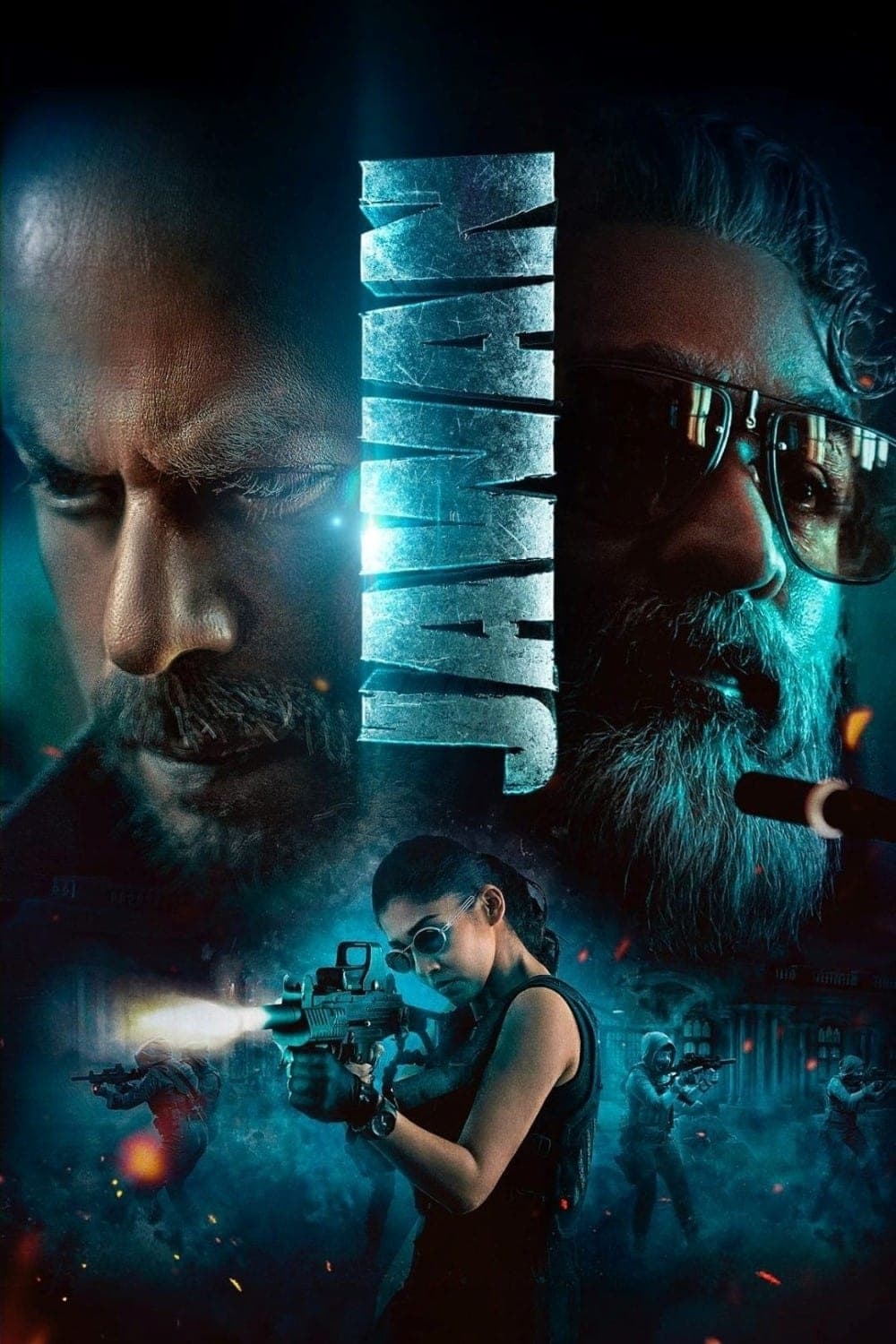
Gard Nilssen Acoustic Unity – To Whom Who Buys a Record (2019)
FLAC (tracks) 24-bit/96 kHz | Time – 43:01 minutes | 958 MB | Genre: Jazz
Studio Masters, Official Digital Download | Front Cover | © ODIN
The Norwegian drummer Gard Nilssen is best known for his work with the three-piece bands Puma and Bushman’s Revenge, which put a gnarly twist on jazz-rock, driven by distorted electric guitars. “Firehouse” (Clean Feed), his sanguine debut as a leader, features a trio pointedly named Acoustic Unity, with the saxophonist André Roligheten and the bassist Petter Eldh, two more busy players on the European circuit. (Mr. Roligheten, from Norway, is a member of the improvising duo Albatrosh; Mr. Eldh, from Sweden, works in a trio led by the British pianist Django Bates.) Mr. Nilssen and his partners make a respectable free-bop ruckus, earthy and often swinging. Though it’s a drummer’s band, Mr. Roligheten grabs the ear as a soloist, especially on tenor saxophone, which he plays with a gusty fluency. The tunes are sturdy constructions, and the band muscles through them with a clear grasp of precedent, evoking some Sonny Rollins here, some Peter Brötzmann there — and on the closing track, “Life, Somewhere Before the Exit Sign,” the late-1960s Keith Jarrett Trio.
Albums by saxophone, bass and drums trios include some of the classics of post-bop jazz. Sonny Rollins set the bar high with A Night At The Village Vanguard in 1957. Albert Ayler raised it even higher with Spiritual Unity in 1964. Those discs are tough acts to follow. Not for nothing was another of Rollins 1957 albums titled Saxophone Colossus. As a conservatoire would judge it, Rollins had more technique than Ayler. But unlike Ayler, Rollins was never a team player. Even when accompanied by musicians as distinguished as Wilbur Ware and Elvin Jones, as he was at the Village Vanguard, he considered them accompanists rather than collaborators. They were there to provide a groove for his improvising genius and otherwise keep out of his way. Ayler approached music making from another direction. Co-operativism was his magic ingredient. In his bands, all the musicians were there on an equal footing. Never was this more true than on Spiritual Unity. Even when things were at their most dissonant and volcanic, the intensity of interaction between Ayler, Gary Peacock and Sunny Murray, the attentiveness with which each listened to what the others were doing, was key to making the album the masterpiece it is. A Night At The Village Vanguard, by comparision, is only a virtuosic tour-de-force by its leader. Intensity of interaction is also what makes To Whom Who Buys A Record special. The second studio album from Norwegian drummer Gard Nilssens Acoustic Unity trio employs the same creative process as Spiritual Unity. The music is different but it reaches similarly giddy heights. Time will determine whether To Whom Who Buys A Record becomes a classic. Right now it rates as a milestone, probably even a masterpiece. Acoustic Unitys style celebrates tradition while revitalising it. Nilssen, bassist Petter Eldh and saxophonist André Roligheten share, for instance, Rollins love of melody and rhythmic playfulness. They also share Aylers ecstatic, cranked up, Dionysian fervour. Among the incidentals, Roligheten taps into Roland Kirks legacy, blowing tenor and soprano simultaneously on two tracks. There are other echoes from history. The music moves between the exuberant and the reflective, the raucous and the mellifluous, the rugged and the delicate. Wherever it alights, it is balm for the soul. Acoustic Unitys studio debut, the acclaimed Firehouse, was the first occasion the trio came together. Four years and over a hundred gigs later, the connections between the musicians run deeper. It feels like a perfect set-up now, says Nilssen. It is not always easy keeping a lineup together for extended periods. But when you do, it takes the music higher. Nilssen is also a member of the jazz/rock hybrid Bushmans Revenge and the experimental jazz band Puma, two electric groups with a taste for high-voltage, high-impact, kick-out-the-jams workouts. He says an acoustic lineup offers unique possibilities. Its about dynamics, says Nilssen. With an acoustic lineup you can exploit the whole range of sounds and textures the instruments offer. You can really drill down into the nuances. Andrè and Petter know how to do that. They are always exploring new avenues. They are totally inspiring. They make me a better musician every time we play together. One of Acoustic Unitys cousins is New York drummer Tom Raineys trio with saxophonist Ingrid Laubrock and guitarist Mary Halvorson. Each band has its own distinct character. But both deploy acute degrees of interaction and both have rejected the traditional demarcation line between frontline and rhythm section instruments. Drummers were once looked at simply as timekeepers, says Nilssen. But a more open and inclusive attitude exists today. The idea that you have a binary split between harmony and rhythm instruments is no longer tenable. It is noteworthy, though it may only be coincidence, that two of the most inventive units in modern jazz are trios led by drummers. Historically, drummers have been the leaders of a surprisingly small proportion of landmark bands. Prominent among them are swings Chick Webb, hard bops Art Blakey, spiritual jazzs Roy Brooks and fusions Tony Williams. To whom Nilssen adds Elvin Jones Jazz Machine, Paul Motians Electric Be-Bop Band, Audun Kleives Bitt and Joey Barons BaronDown bands that gave him a big kick when he was developing as a player. Acoustic Unity stands shoulder high with all those groups. In conclusion, it is worth noting the significance of the title To Whom Who Buys A Record. It is a play on the Ornette Coleman album To Whom Who Keeps A Record. Many people would say that Colemans At The Golden Circle, Stockholm is among the handful of trio albums which are the equal of the aforementioned Rollins and Ayler discs. We have a big love for Ornettes music, says Nilssen. But thats not why were alluding to that title. Its about supporting musicians by buying their records rather than downloading them for free or next to nothing. The current streaming model is not good for musicians or listeners. If musicians cant make a living, there will be less music around. Streaming is here to stay and it has possibilities, but the business model is destructive. It is certain that Coleman, who knew his worth as well as any musician, and who in his later decades did not get out of bed for anything other than an eye-wateringly high price, would agree. If 2019s streaming model is an existential threat to the making of albums such as To Whom Who Buys A Record, it is time to change it. Meanwhile, enjoy this treasure.
Tracklist:
1 Cherry Man 03:43
2 Acoustic Unity 03:54
3 Masakråke 04:31
4 Omkalfatring 02:34
5 Broken Beauty 05:08
6 Rat on a skateboard 03:05
7 Less Dense 04:52
8 Dancing Shadows 04:59
9 Bõtteknott 04:50
10 Elastic Circle 02:25
11 Jon 01:28
12 Skienselva 01:32
Download:
mqs.link_GardNilssenAc0usticUnityT0Wh0mWh0BuysaRec0rd20192496.rar










![Gard Nilssen Acoustic Unity - Elastic Wave (2022) [FLAC 24bit/88,2kHz] Gard Nilssen Acoustic Unity - Elastic Wave (2022) [FLAC 24bit/88,2kHz]](https://imghd.xyz/images/2022/08/31/x7g3npjkc3prb_600.jpg)